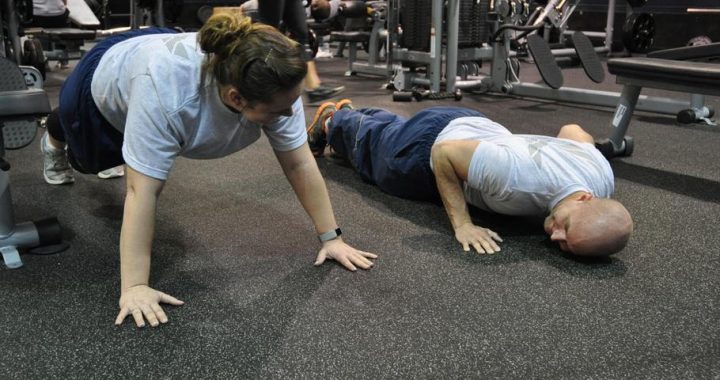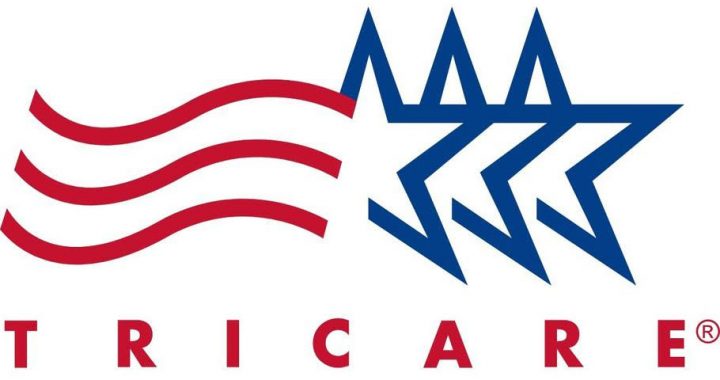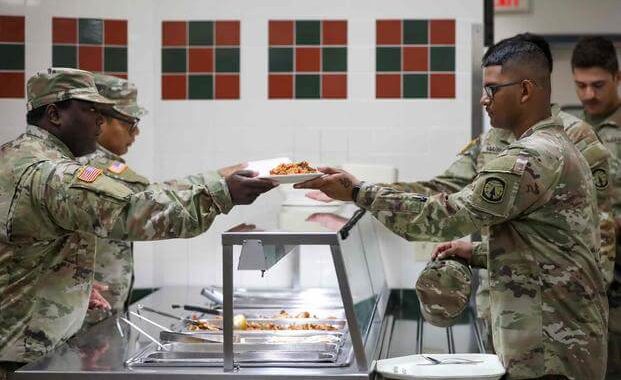Wheels Keep On Rollin’ At The VA
3 min read
ALBUQUERQUE, NM, UNITED STATES
Story by David Overson
New Mexico VA Health Care System
ALBUQUERQUE – Rollin’, rollin’, rollin’ on the river, er… pavement. Thanks to Frederick (Wally) Wallis, that is. Wallis is the New Mexico VA Health Care System’s resident wheelchair mechanic who keeps Veterans rollin’ on a regular basis.
The 22-year Air Force Veteran has been working at the Raymond G. Murphy VA medical Center in Albuquerque for approximately two years following a stint in the motorcycle industry where he enjoyed working on Harley Davidsons. Though the type of transportation he works on may have changed, the passion and attention to detail hasn’t.
“Each chair and each manufacturer is a little different, and at times I really need to rely on their techlines,” said Wallis. “But that’s what I enjoy, besides helping Veterans, is learning the ins and outs of some of these high-tech chairs.”
Wallis says he sees the full gamut of wheelchairs from manual chairs, to front-wheel drive power chairs, to rear-wheel drive chairs, to mid-wheel drive chairs, and each one has its own unique quality that serves Veterans differently. However, he points out that if tight maneuverability inside is what matters most to a Veteran, the mid-wheel drive chair seems to suit their needs best.
“The technology in these chairs has really come along way,” said Wallis. “There’s a lot more power options these days. A lot more seating functions and lifting functions than you used to see in chairs. Tilt, recline, elevate, pretty much anything you can imagine to make the Veteran as comfortable as possible is available on these chairs now.”
What he doesn’t recommend are the exotic chairs from newer, smaller manufacturers. “Ya just can’t find parts for them,” said Wallis. “You want a chair from a manufacturer that can provide support and parts if they’re needed down the road, and some of these exotic chairs just fall short in that area. It makes my job very difficult, and at times frustrating for the Veteran.”
The NMVAHCS prescribes wheelchairs to Veterans based on their needs, not necessarily their wants. The Veteran first must get a referral from their primary care physician, then they’ll generally see an occupational therapist in the physical medicine and rehabilitation department where an OT will work with them to customize the best chair suited for the Veteran. However, with the average weight of a power chair coming in at 150 pounds, wheelchair lifts are also part of the equation.
“That’s where we draw the line,” said Wallis. “We just don’t have the time or space to install wheelchair lifts here, so we send the Veteran to an installer downtown to have a lift put on their vehicle. On our dime, of course, but first they need the lift before they can go home with their new chair. Unless they ride the bus of course. I see plenty of Veterans who utilize the bus for their transportation needs.”
Once a Veteran has the chair they like best, they tend to deal directly with Wallis in the Wheelchair Shop.
“They come in for all kinds of repairs from new tires, to new shocks, to actual drive gears,” added Wallis. “I really feel like the mechanic at the local small-town auto garage. They’re always stopping in for this or that.”
The average turnaround time on a new chair for a Veteran is anywhere from 2 weeks to about one and one-half months, said Wallis. “We’ve really seen this timeframe come down quite a bit since I’ve been here. I’ve seen chairs ordered and arrive in two weeks lately, and that’s very impressive all things considered.”
Wallis says other than manual chairs he doesn’t see many pneumatic tires these days as most utilize run-flat foam. However, that is the most replaced item on a chair, said Wallis. “I’ve replaced tires where there was basically nothing but foam left to them. As you might imagine, they can really tear those tires up.”
When the day is done, and the lights are turned off, Wallis said he really enjoys fixing things and helping Veterans. “I hope there’s someone around to help me one day when I need it, so I’m more than happy to do what I can now.”








